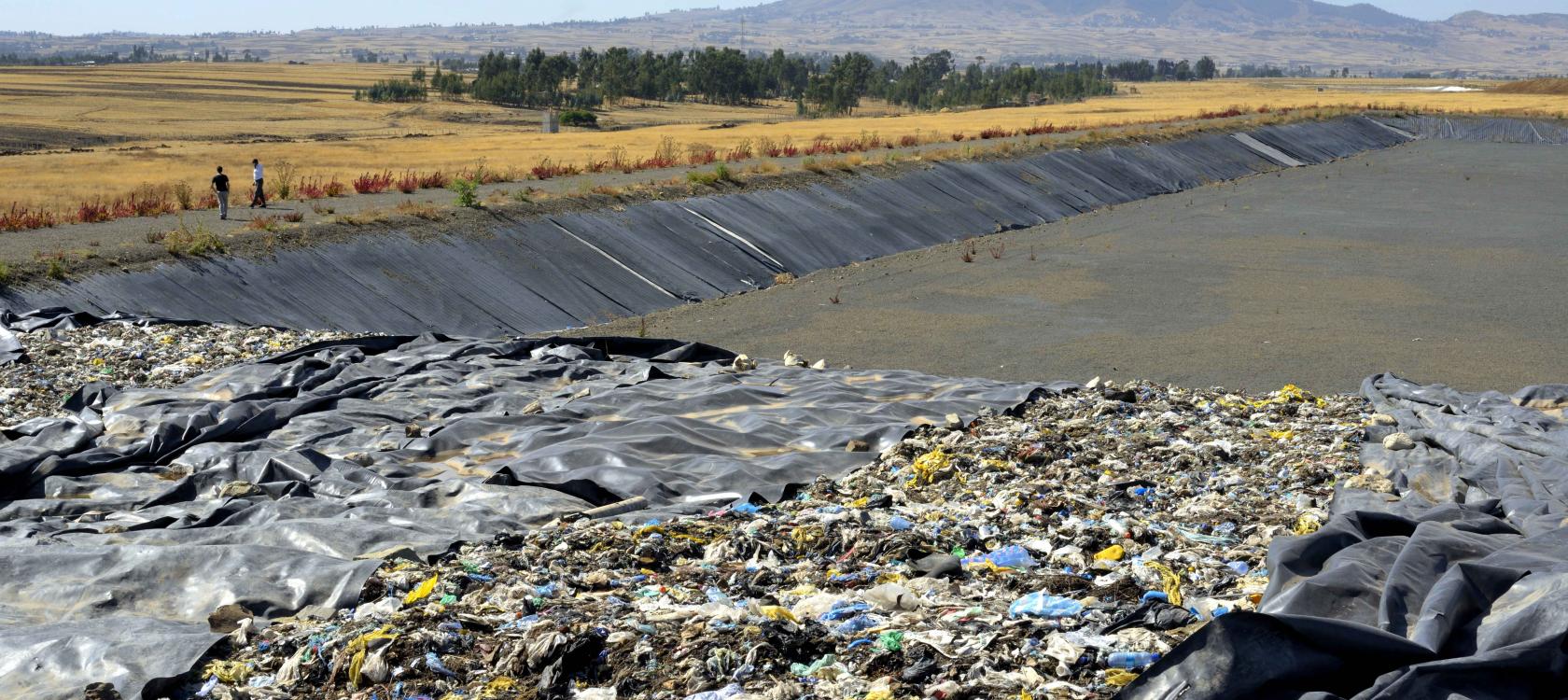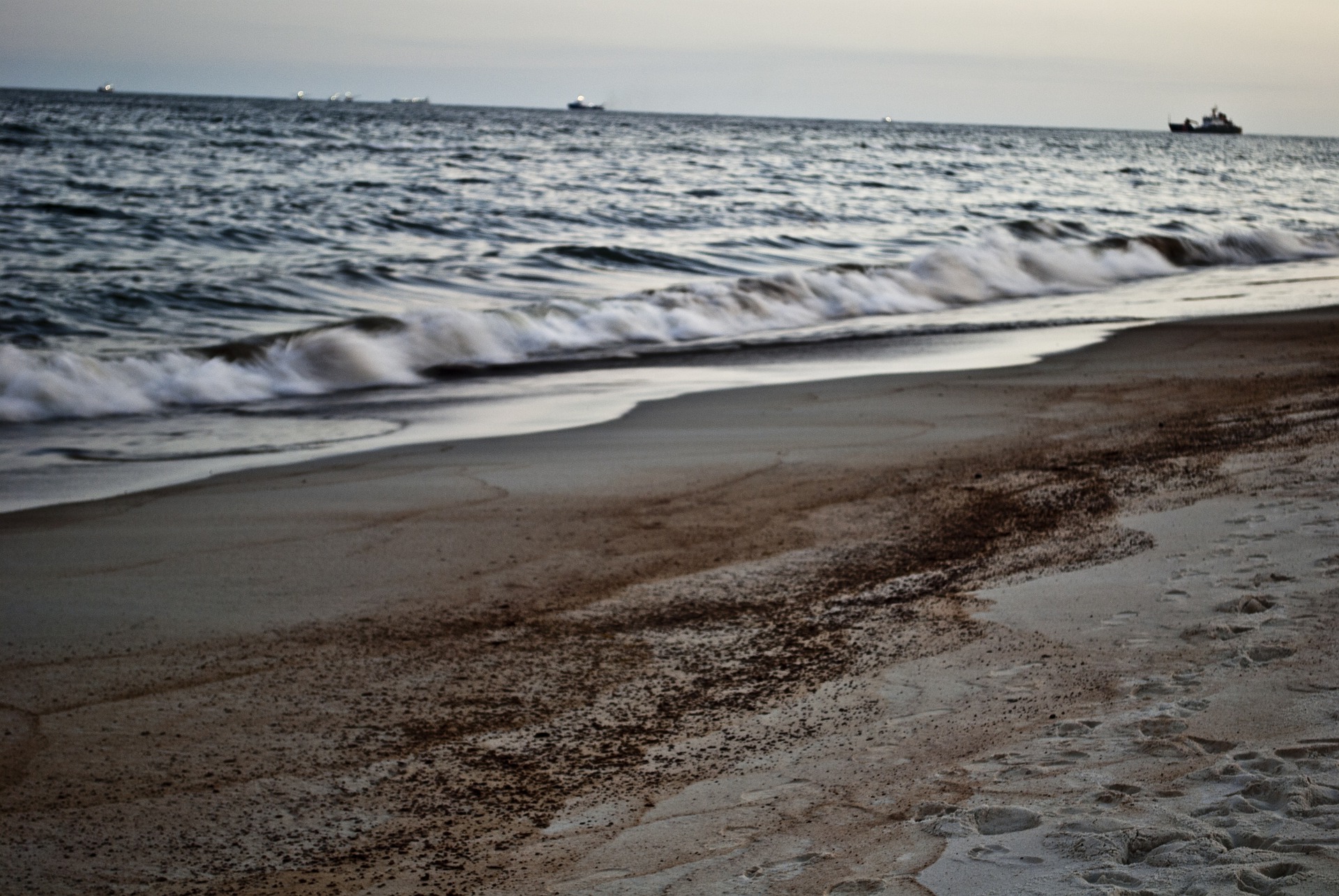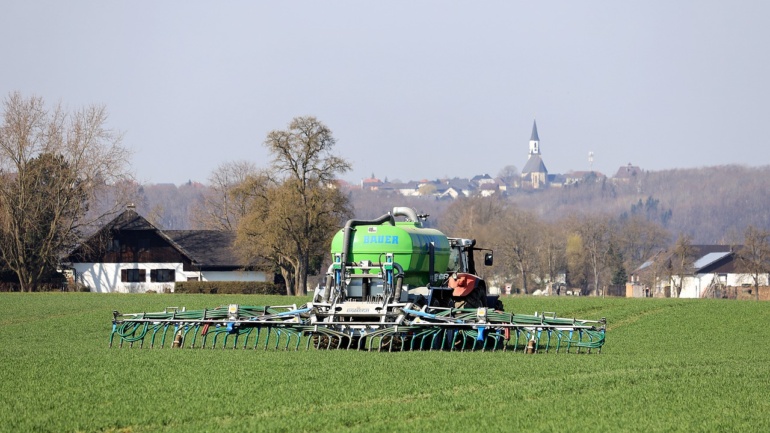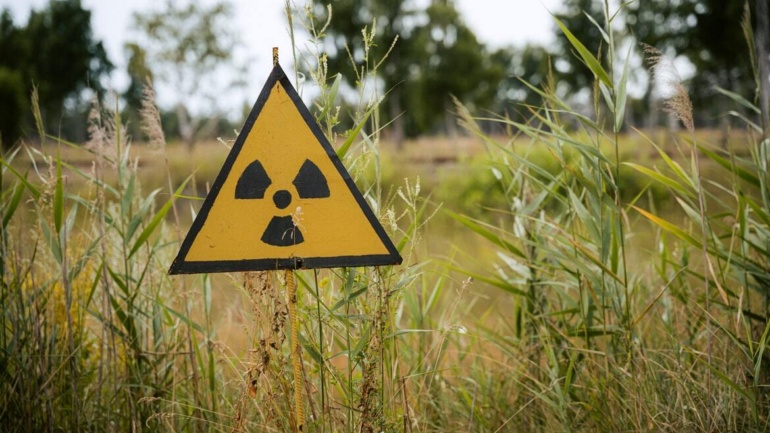By, Staff Writer and Researcher for Save The Water™| November 08, 2020
The electroflocculation system (eFloc™) is a cost-effective water purification system that can process up to 50 gallons per minute (gpm) of contaminated water. The system can remove a variety of contaminants to include:
- Fats, oils, and greases (FOG)
- Total suspended solids (TSS)
- Volatile organic compounds (VOC)
- Biochemical oxygen demand (BOD)
- Chemical oxygen demand (COD)
Electroflocculation uses electrically charged metal particles to attract the contaminants in contaminated water, separate the waste from the water, and better dispose of the contaminants.
How Does eFloc™ Work?
The electroflocculation system is made of 6 major components:
- Electrofloc reactors
- Rapid mix tank
- Slow mix tank
- Clarifier
- Rotary vacuum filter
The electrofloc reactors’ ultimate job is to protect the electrically charged metal particles from experiencing interference from the environment or during usage and transport. First, it interacts with the contaminants in the wastewater and begins flocculation by passing the water through anodes (negative charges) and cathodes (positive charges) to breakdown the heavy metals and correct the wastewater’s pH.
The electrofloc reactors’ jobs are to generate the electrically charged particles, or pin floc, which attract the contamination in the water. As the pH-adjusted contaminated water passes through the electrodes inside the reactor, a reaction occurs at the interface of the electrodes that also destroys some organics and intermediates.
Then, the rapid mix tank takes the water and continues to mix it to allow flocculation of the contaminants to occur. A small amount of proprietary flocculation agents are added in the rapid mix tank to enhance floc size. The slow mix floc development tank provides an area for the flocculation to occur at maximum volume.
The clarifier is used to separate the contaminants from the treated water. This is performed when the water flows through the collection chamber and is drained through the surge tank. The rotary vacuum filter is used to further separate the cleaned water from the remaining solid contaminants. The solids are trapped in the filter, while the treated water is allowed to pass through.
How Effective is eFlocTM?
Efloc has been tested numerous times to determine its effectiveness. Two examples include ship bilgewater (water that collects in the bilge of a ship) and highway rainwater.
In the test run involving ship bilgewater, the wastewater was collected and ran through the electroflocculation system. The water was composed of oils, greases, and heavy metals (zinc, nickel, copper, and chromium). The researchers found that the electroflocculation system was able to significantly reduce the contaminants present in the wastewater and meet the standards set by the California State Water Resources Control Board. They ultimately came to the conclusion that eFlocTM could effectively treat ship bilge water.
Researchers came to a similar conclusion when the electroflocculation system was tested on highway rainwater.
What Happens to the Waste?

Once the contaminants are removed, the electroflocculation system compiles the waste into a compact solid, which can then be disposed of in a sanitary landfill. Sanitary landfills are isolated areas, away from the public and surrounding environments, designated specifically for waste disposal. These landfills have a sealed, synthetic, and protected bottom. They are filled layer-by-layer, with alternating layers of soil and waste. Once the landfill is completely filled, a final layer of clay or a synthetic liner is placed on top, compacted, and covered in soil to be used to grow other vegetation. This sanitary landfill method is preferred to ordinary landfills because it minimizes the risk of releasing methane gas when the materials decompose. It is less likely to cause contamination to the surrounding environment and water sources.
Additional Sources
- Cole, L. G. (n.d.). The Treatment of Ship Bilgewater by the Electrorfloc Electroflocculation Process.
- Cole, L. G., Kolodzik, J., Aldridge, W., & Bishop, J. (n.d.). The Purification of Highway Rainwater Run-Off by the Augmented ElectroFloc Process.





